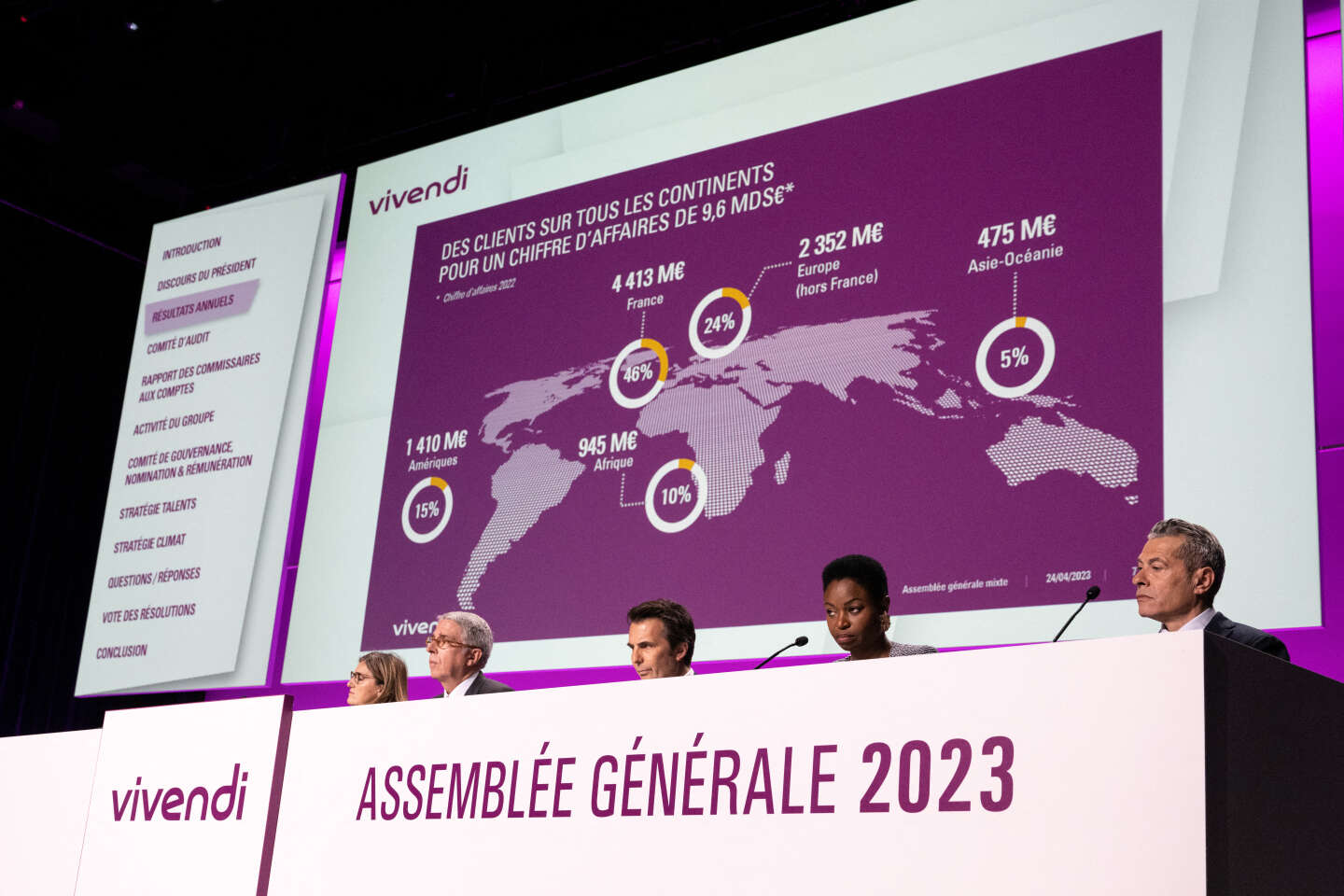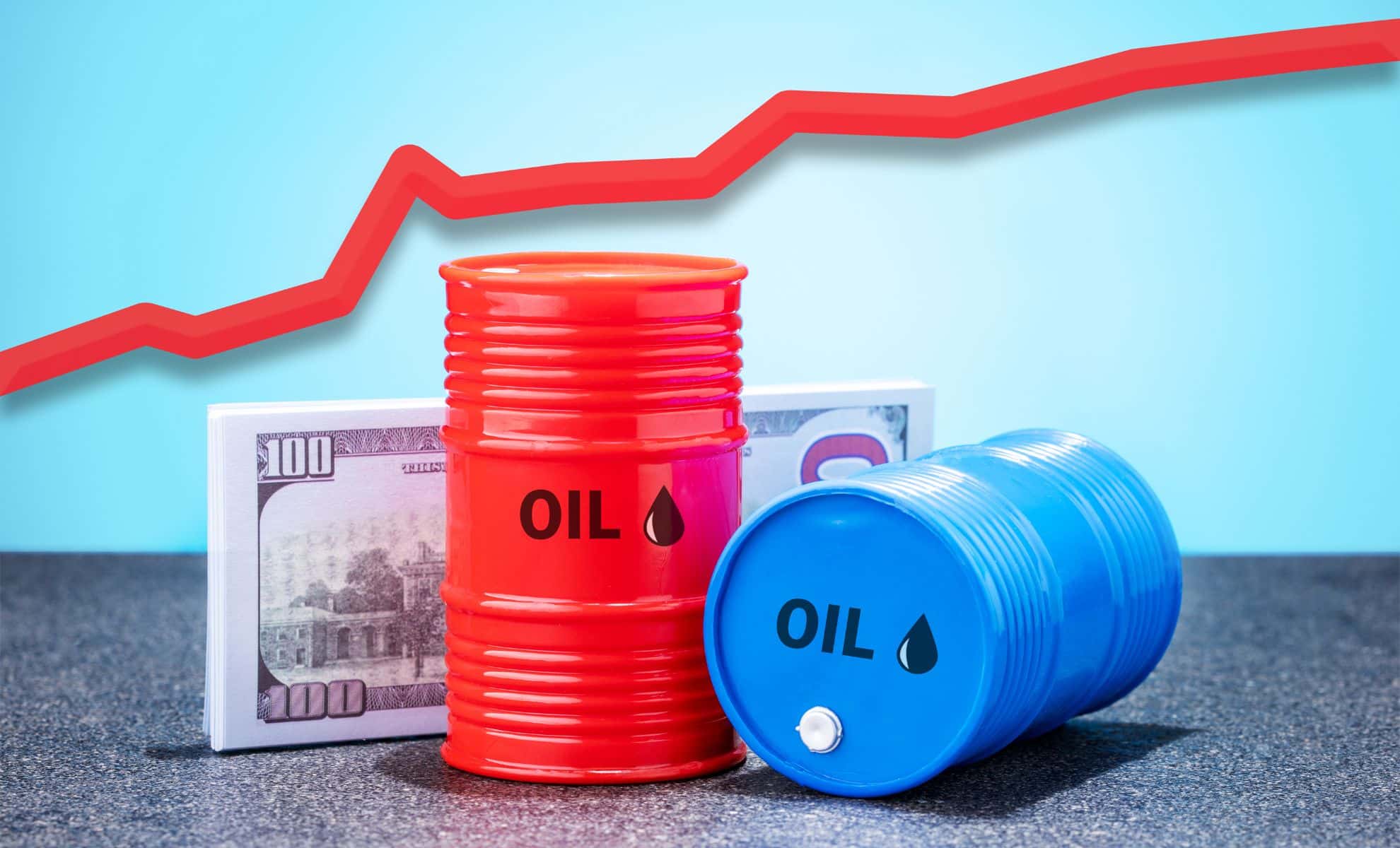French purchasing power should begin to rise again in 2024

For many years, purchasing power in France has been steadily declining. It is at the heart of the concerns of the French people, many of whom find themselves in limbo. A recent political barometer published in late January indicated that 55% of those questioned were concerned about the loss of purchasing power.
The year 2024, with the growth of its share in many sectors, however, does not bring only bad news for the French. Indeed, according to estimates from the French Observatory of Economic Conditions (OFCE), published on Friday 16 February, the French should regain 1% of purchasing power in 2024.
This estimate suggests that the French should spend 380 euros more in 2024 than in 2023. At the end of 2024, their purchasing power should reach 2.6 points above its level at the end of 2019, the study also confirms.
For the OFCE, the purchasing power of the French will be supported by an increase of 190 euros in asset income (real estate, savings interests, etc.), but also by social benefits (+250 euros), thanks to the indexation. At the beginning of the year, including 5.3% for pensions. Later inflation is expected to be higher for 2024, the observatory adds.
Purchasing power for the richest 10% in France increased
However, it should be noted that this estimate shows that despite an increase in real wages of 0.8%, labor income will decrease by 40 euros due to a contraction in employment and a decrease in independent income. On the other hand, the levy will affect the purchasing power of 20 euros, the OFCE suggests.
It should also be said that the French have been affected differently by this increase in purchasing power. The OFCE in its study highlights “very different dynamics” between sources of income in recent years, marked by “two specific shocks”, Covid and the energy and inflation crisis.
These two dynamics create “heterogeneous conditions” between households. Thus, the consumption basket increased by less than 10.7% for the least affected 10% of households, but by more than 13.9% for the most shock 10% of households.
The shock also affected people living in rural areas, low-income families and retirees. It should also be noted that between 2021 and 2023, purchasing power has been maintained for the most common. It declined significantly for the middle classes (-0.3 to -0.8%). And it is for the richest 10% that it has increased the most (+1.2%), mainly due to the good performance of financial markets.






